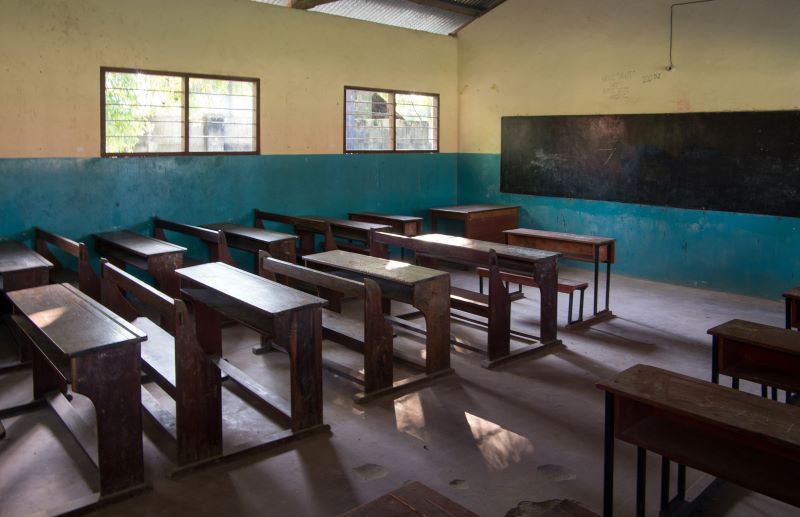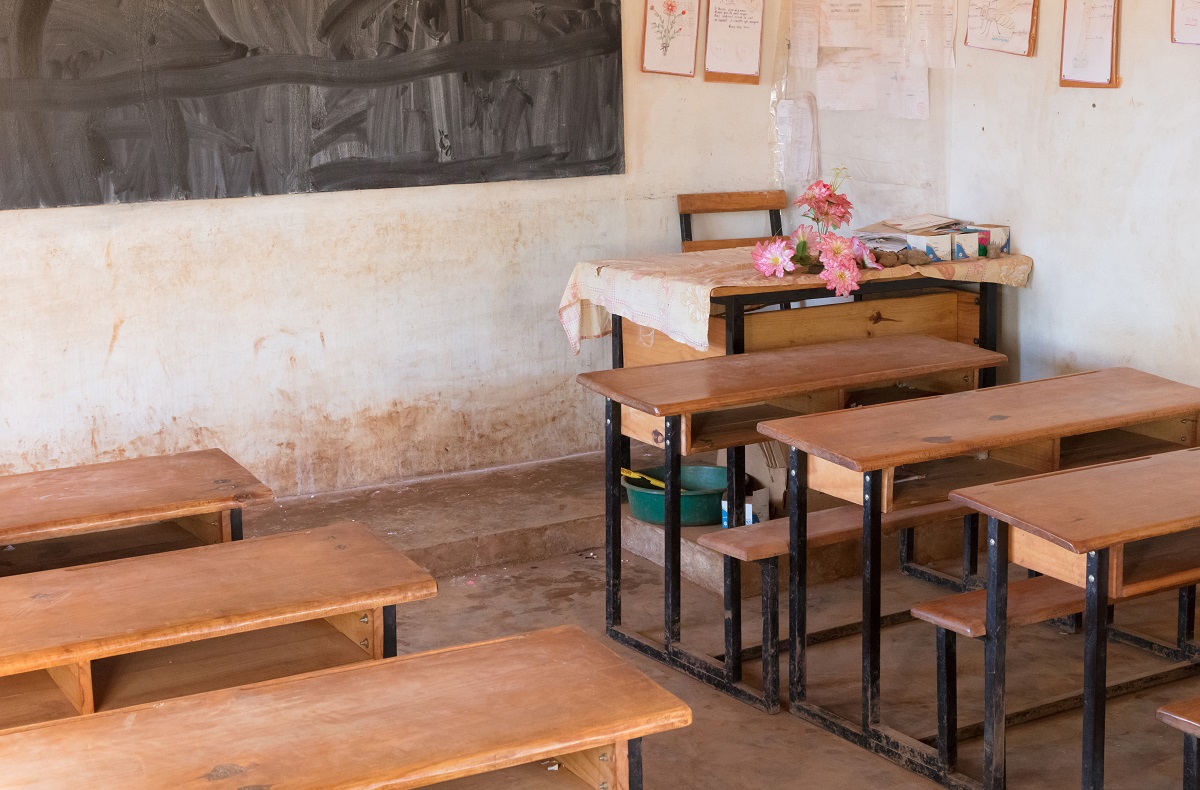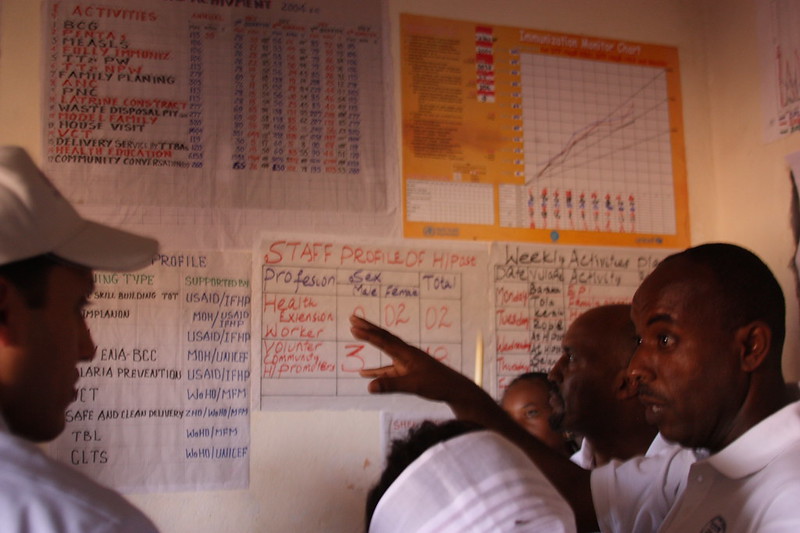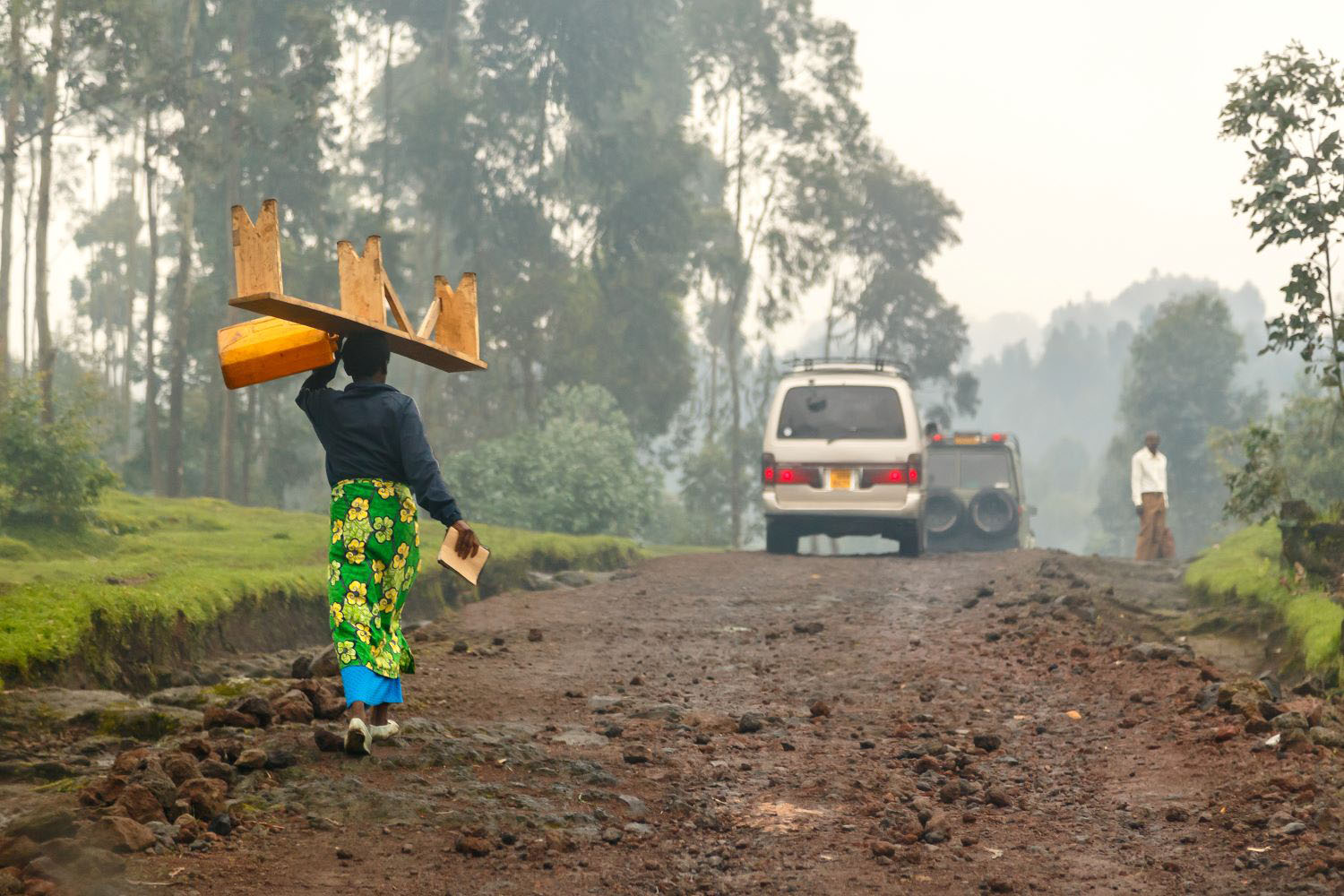Recommended

Blog Post

Blog Post
We know from data across countries that far too many children around the world experience violence at school. For example, evidence from 20 African countries shows high rates of both physical and sexual violence. But qualitative studies with smaller samples or more targeted quantitative studies can provide depth and nuance about the experience of violence in specific settings. Five recent studies shine a light on students’ experiences and point to where the greatest unmet needs for interventions lie.
In Tanzania, girl students highlight some of the challenges with reporting school violence (Msambwa, Fute, and Lyanga, 2022). One secondary school girl reported: “Most of the harassments I have experienced are sexual, male teachers forcibly wanting to have sexual affairs with me. Bad enough, [the teacher who] I was supposed to report this form of harassment…is the one who does it to me. Where can I report?” Other students report being threatened with failure on a test or further harassment from other teachers when trying to report. Furthermore, students report that women teachers sometimes aid male teachers in setting up encounters between teachers and students.
The disincentive to report sexual violence is not limited to secondary school (Mapayi et. al., 2023). In a small sample of university students in Nigeria, only a quarter of people who experienced sexual violence reported the incident to school authorities, and none reported the incident to law enforcement.
Another study in Tanzania highlighted how violence (and the threat of violence) can affect girls’ educational performance (Hassan, 2022). In an interview, a secondary school girl highlighted that “A girl can go to school and find her teacher seducing her. So, if she refuses, she can find herself being punished every day. So, a girl uses more time thinking about that relationship rather than thinking about studies.” Women teachers highlighted that the threat of violence deters girls from seeking academic help: “Girls feel shy to come to our office to ask questions because there are some male teachers who seduce them.”
When teachers are a significant part of the school violence problem, as Turner and Hares document across countries, students need credible reporting mechanisms where they can trust that their concerns will be taken seriously and not met with threats.
In Uganda, quantitative and qualitative data yield very different insights about teacher-perpetrated sexual violence (Parkes et al., 2023). A quantitative survey showed that one in twenty-five girls in school had experienced sexual violence from a teacher in just the past year. (Sexual violence against boys was significant, but lower than that against girls.) Qualitative work revealed—as in the Tanzania study above—that students sometimes had little recourse. One 15-year-old girl shared that she had reported a teacher’s sexual advances to the head teacher: “This teacher was seriously warned against that and they threatened to fire him from his job. It was later discovered that he had dated so many children in school.” But, as the researchers confirm, “the teacher kept his post,” and the girl “suffered repeated punishments for her actions.”
In some cases, schools did take action of one form or another: in one, a teacher was warned after students reported his advances in the school’s anonymous suggestion box, and students reported that his conduct improved. In other cases, teachers were suspected or even dismissed.
In Cameroon, both boys and girls are experiencing sexual violence (Tangwe, 2023). A survey of 924 students from eight secondary schools revealed than one in four participants had experienced sexual violence at some point in life, with boys and girls equally affected. Despite common associations of sexual violence with girls, boys were actually much more likely to report having exchanged sex for grades (or having received attempts to do so) or having their private parts touched at school.
Cross-country analysis from around low- and middle-income countries by Hares and Smarrelli backs up that both boys and girls experience school violence and that the types of violence can vary.
Understanding the problem is only the first step. Essential next steps include taking actions to reduce violence and then testing to see if those actions are effective. We still know far too little about the most effective interventions to reduce violence. And even as new evidence comes out (such as two studies out this year on reducing corporal punishment in Tanzanian schools) the contrast between the evidence above—which documents the prevalence of sexual violence—and much of the evidence on interventions to reduce violence—which largely focus on physical violence—indicates how much more we have to learn to keep children around the world safe and learning.
Disclaimer
CGD blog posts reflect the views of the authors, drawing on prior research and experience in their areas of expertise. CGD is a nonpartisan, independent organization and does not take institutional positions.
Image credit for social media/web: free2trip / Adobe Stock






